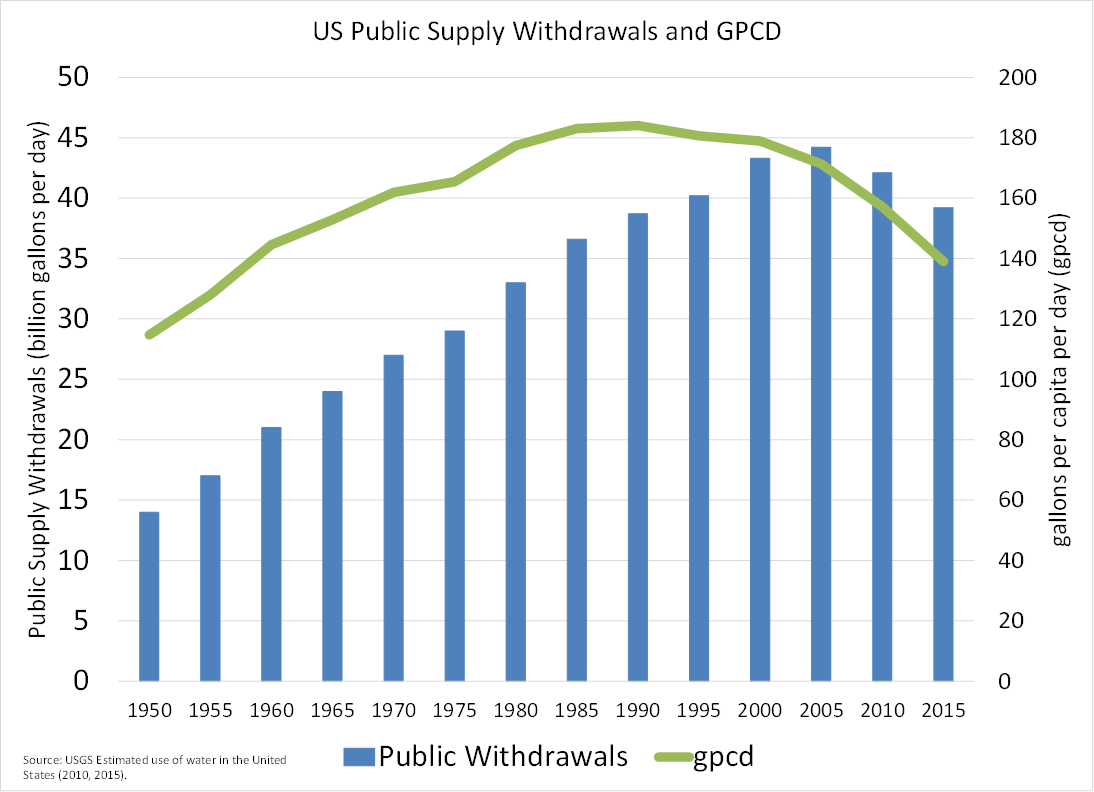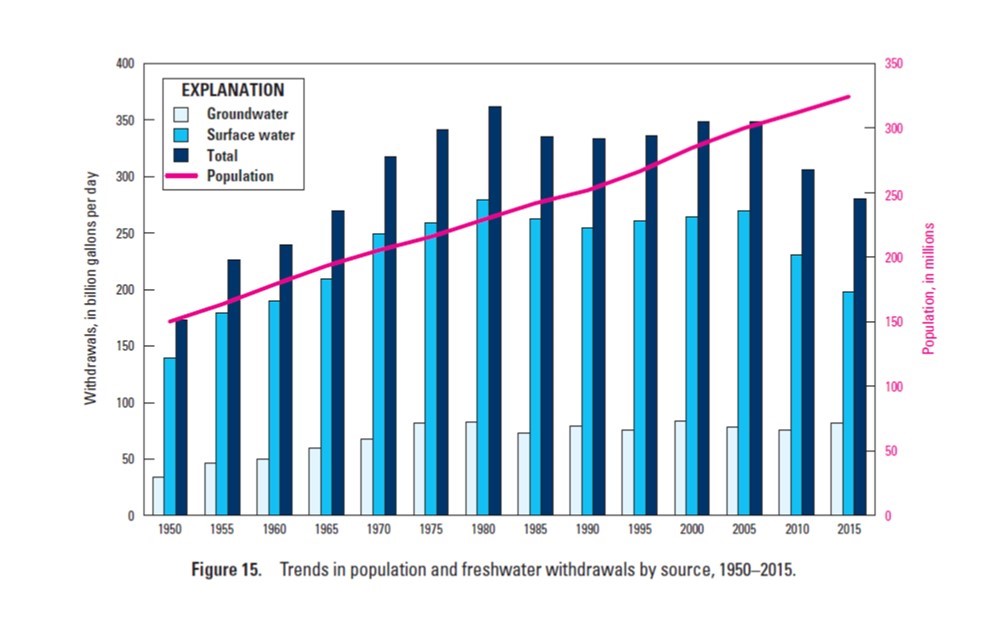Thank You, Water Efficiency Professionals: The unsung heroes in the race to keep water sustainable, affordable
By Ron Burke, President and CEO, Alliance for Water Efficiency
Much of North America and the world are grappling with a warmer, drier climate that results in less water being available to meet basic human needs, support businesses, sustain ecosystems, and grow food. The Colorado River Basin, with Lake Mead approaching “dead pool” status, is a conspicuous example of how dramatically the water supply math is changing because of climate change and population growth. But water scarcity is not limited to the southwestern U.S. Scientists warn that much of North America is on pace to experience water shortages if we don’t manage water better.
The situation is daunting, but it could be much worse if not for the forward-thinking and dedication of policymakers and the community of water efficiency and conservation professionals. They have championed strategies like plumbing efficiency standards, water conservation programs, and improved agriculture efficiency methods that have gradually decreased water use even as the population grew significantly. (See Figure 1 below.)
As the Alliance for Water Efficiency (AWE) celebrates its 15th anniversary, I am proud to be AWE’s CEO and to recognize these unsung heroes who work for water utilities, plumbing manufacturers and trades, government agencies, and a variety of businesses. They all come together and collaborate across the AWE network to help communities be resilient with more affordable, sustainable water service that also supports ecosystems and minimizes energy use and carbon emissions from pumping, heating, and treating water.
Figure1:

About Figure 1
The graph above shows that public water supply withdrawals peaked around 2005 and declined roughly 11 percent by 2015, even though the population grew 42 percent. Many cities did even better, with reductions between 25 and 48 percent in the same time frame. This was possible because water use per person declined about 24 percent nationally between 1990 and 2015. The downward trend accelerated after 2005 as federal plumbing efficiency standards, local water conservation programs, the WaterSense and EnergyStar programs, and other measures took root. A similar downward trend was seen in total U.S. water use, accounting for agriculture, thermoelectric generation, industry, and other sources. See Figure 2 below. Note: USGS’ 2020 water use report had not been released when this blog was posted.
Figure 2:
Source: USGS

Because water was “cheap” and seemingly limitless decades ago, there was often little support for water efficiency and conservation. Even today, water efficiency professionals often swim upstream. Federal funding is prioritized for more expensive supply-side strategies over water efficiency. Moreover, state and local policies can discourage, rather than encourage, water utilities from using less water by restricting how they adjust to lower water sales. Despite these obstacles, water efficiency professionals persevere in the midst of a historically prolonged drought in the western U.S. and seasonal droughts throughout North America, not to mention the important year-round work they do that is unrelated to drought response.
In order to ensure sustainable, affordable water, North America will continue to lean heavily on water efficiency professionals to maintain the trend towards declining per person water use. Policy change and funding is needed to support their efforts, and Congress can help by passing the Water Efficiency, Conservation, and Sustainability Act of 2022. Click here to learn more and encourage your elected leaders to co-sponsor the bill.
States play an important role as well, and AWE will release an updated State Water Efficiency and Sustainability Scorecard later this year with grades and recommendations for each state. We’ll have more to say about state policy then, but in the meantime, encourage your governors to fund water efficiency and conservation programs.
The work of water efficiency professionals has never been more challenging or important, but I have “no drought” that we can do this! Share your gratitude on Twitter and use hashtag #WaterEfficiency to recognize innovative water professionals!
Not an AWE member? Click here to join today!





